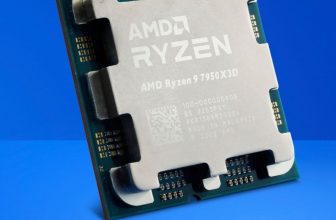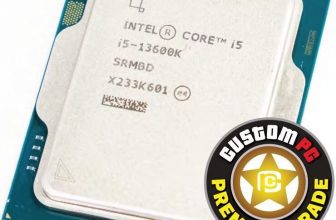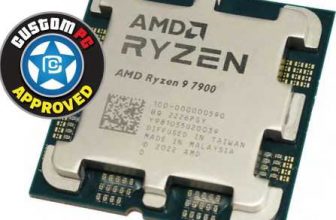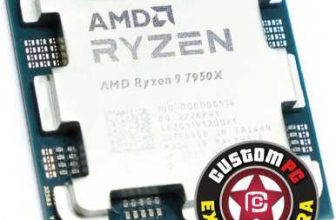Big changes coming to Intel CPUs
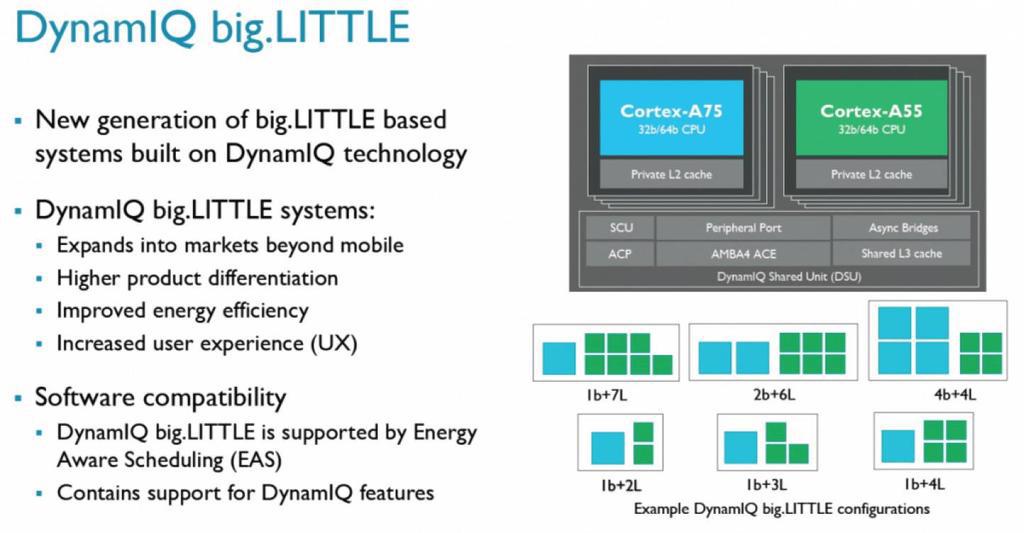

Get ready to hear plenty about ‘Alder Lake’. It’s the codename for Intel’s new 12th-generation ‘Core’ processor series, which is set to make waves, not least for its use of heterogeneous cores. This month, we explain what this means, why it’s a great idea and why you’ve probably already seen it in Android and Apple devices.
One core can’t rule them all
It sounds easy enough – develop a CPU core that goes like the wind but thrifty enough to run for days off a battery. The only problem is that given current technology, it can’t be done – well, not to the extent that we’d all like.
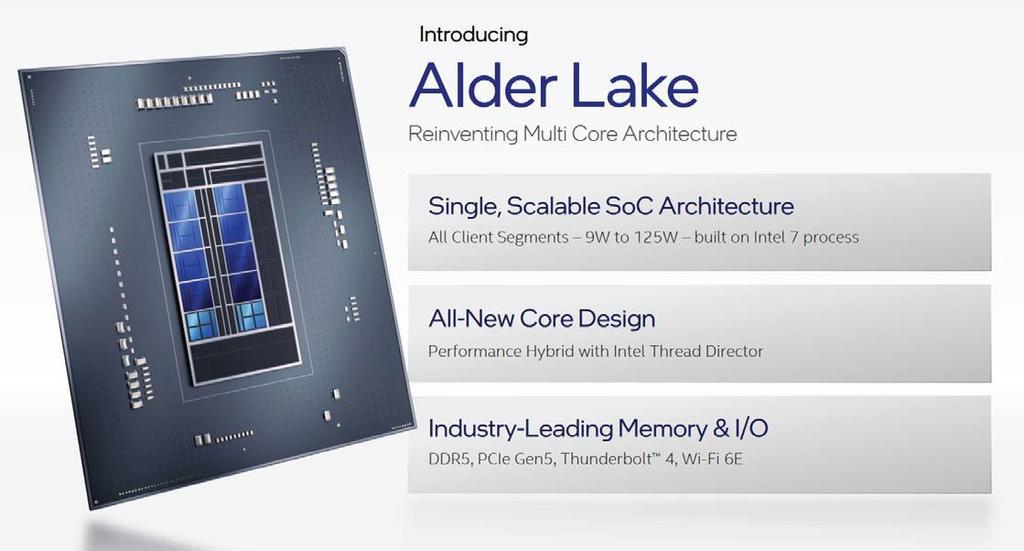

When Intel bolted two Pentium 4 CPU cores together inside a chip and called it the ‘Pentium-D’ back in 2005, I remember it being one of the hottest chips (thermally) I’d ever tested. The following year, it released its then-new ‘Core’ CPU range, offering more efficient multi-core processing and Intel has been riffing on this architecture line ever since. The problem with it, however, is that while you focus on performance, you can’t fully consider power efficiency. Sure, technologies such as Dynamic Voltage and Frequency Scaling (DVFS) aim to scale clock rates and core voltages as the processing load varies to improve that efficiency, but DVFS doesn’t overcome a fundamental problem with the building blocks of all CPUs – the transistors that make them work.
Why performance and efficiency can’t mix
In digital circuitry, a transistor acts as a controllable electronic switch that has two voltage states – ‘on’ and ‘off’ – and it’s this simple binary existence that has enabled designers to combine billions of them into CPUs that perform our modern-day miracles. The problem here is that transistors suffer from various forms of ‘leakage current’, which, put simply, is electrical current that drains through the transistor and is wasted – think of it as buckets with tiny holes.
This transistor leakage current is tiny, but when you multiply it out by the billions of transistors in new CPUs, it quickly adds up. Shrinking the transistor size, as we’ve been doing for years, also doesn’t help here – in fact, it makes things worse.
Big and LITTLE ARMs
Take a look at any laptop or desktop CPU over the last 15 years and you’ll find homogeneous multi-core designs everywhere – all cores inside a particular chip are identical. Most of what we do today just isn’t possible without multiple CPU cores crunching the numbers, but it was mobile chip designer ARM (now owned by Nvidia) who first made ‘mainstream’ nearly a decade ago the solution Intel is set to embark upon.
Instead of each chip featuring identical cores, ARM developed a platform that allowed chipmakers to combine what it called ‘big’ and ‘LITTLE’ cores into the one package, creating a heterogeneous collection where ‘big’ cores delivered processing performance and ‘LITTLE’ cores concentrated on power efficiency. Samsung’s 2013 Galaxy S4 phone was one of the first to feature this ‘big.LITTLE’ architecture with four 1.6GHz ‘big’ Cortex-A15 and four 1.2GHz ‘LITTLE’ Cortex-A7 cores under the bonnet. Here, the Cortex-A15 cores did the heavy lifting and the Cortex-A7s kept everything going with a minimum of electrical power.
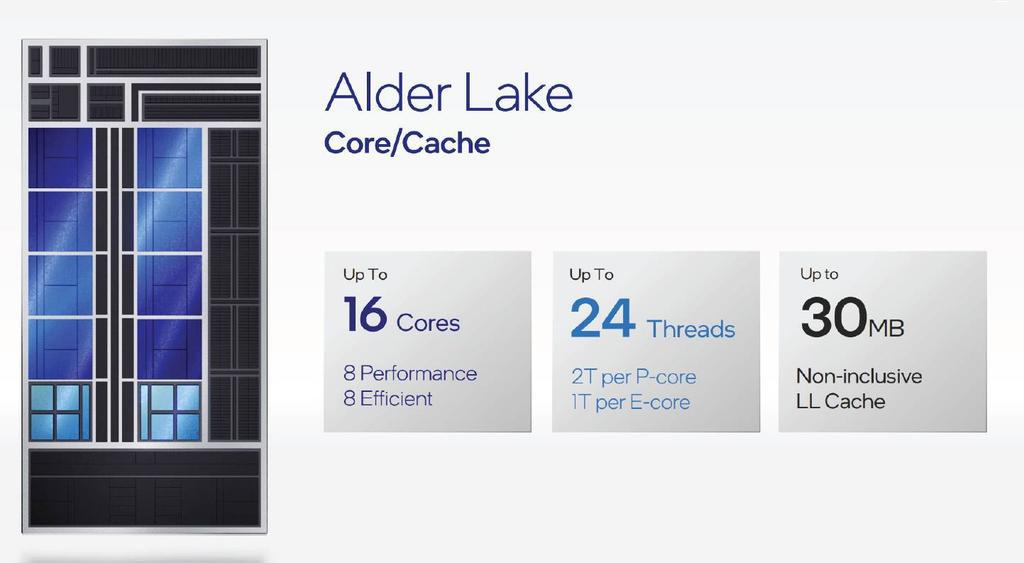
Today, DynamIQ has taken ‘big. LITTLE’ to the next level and you’ll see it in most of today’s top-drawer Android phones powered by various combinations of Cortex-X1/ X2, Cortex-A77/78 and Cortex–A55 core designs, but with the same ‘performance vs efficiency’ game plan still in play.
All of these CPU core groups can run the same code, but with the lower-power cores having fewer transistors, they execute the code at a slower pace. However, the key is that by having many fewer transistors, the leakage current in these low-power cores is substantially reduced. The operating system kernel has charge of deciding which cores are used based on the load type – for example, if it’s gaming, the performance cores stand up, but if it’s playing music, the power-efficient cores take over and get the job done.
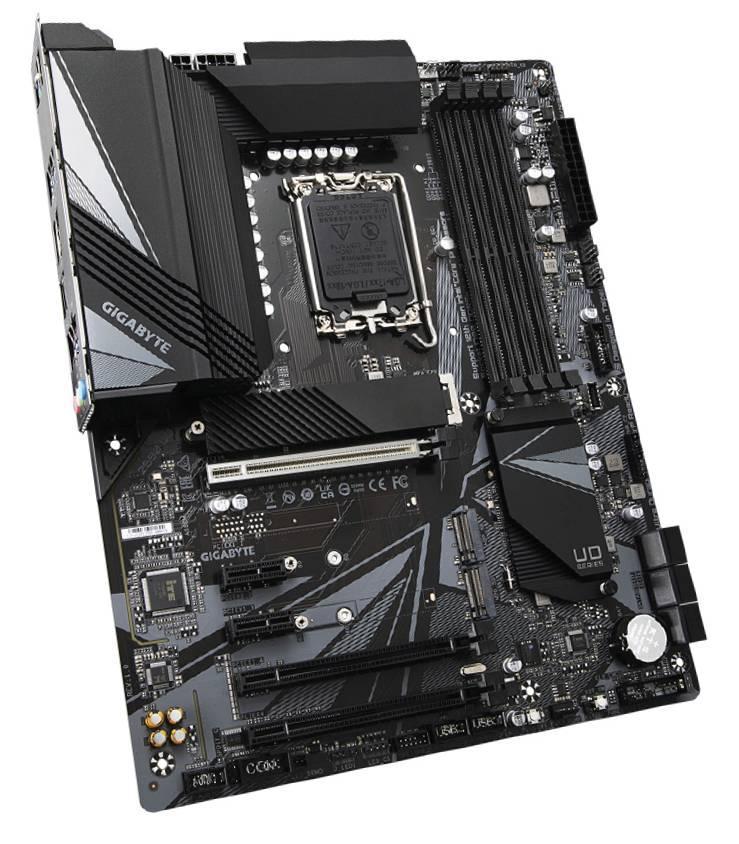
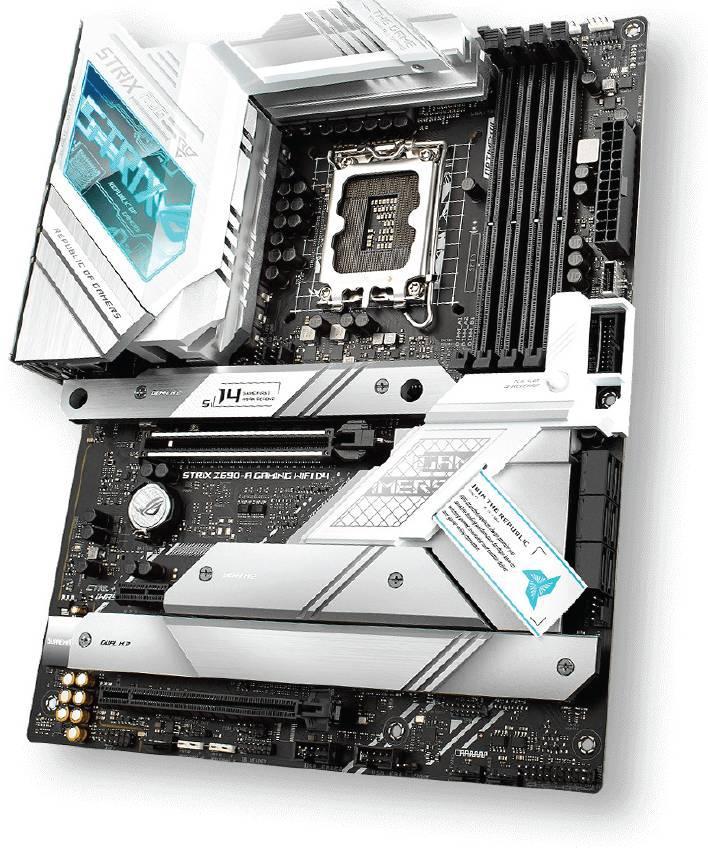
Intel’s heterogeneous setup
This is what makes Intel’s move a major step in PC evolution. Alder Lake chips will for the first time feature two core groups – ‘Golden Cove’ performance or P-cores and ‘Gracemont’ high-efficiency or E-cores. According to reports, all Alder Lake ‘Core’ chips will feature as many as eight E-cores, while the number of P-cores will vary depending on application – up to eight on desktop, six on laptop and two on ultra-portables. Hyper-threading still makes an appearance but only on P-cores.
The newly announced desktop chips include the i5-12600K/KF with ten cores (6P + 4E), i7-12700K/KF with 12 cores (8P + 4E) and the i9-12900K/KF with 16 cores (8P + 8E). The K-suffix chips have integrated Intel graphics, the ‘KF’ chips don’t. We’ve included a table to give you an idea of the base/turbo clock rates of the new chips.
However, what is interesting is that the base core clock speeds increase the further you go down the chip line – the top-drawer 16-core i9-12900 has P/E base clock rates of 3.2/2.4GHz, whereas the more economy i5-12600 line with its 10-cores has 3.7/2.8GHz base clocks.
While there was no local pricing at time of writing, Intel’s wholesale (1000-minimum order) US pricing suggested the mid-range Core i7-12700K/KF chips could be the ‘sweet spot’ – closer to the i5-12600K/KF in pricing, but closer to the i9-12900K/KF in P-core performance.
Apple shocked many when its M1 Max CPU powered ahead of Intel’s equivalent in performance testing, but early reports suggest Alder Lake will restore Intel’s pride by regaining top spot on the mobile speed ladder, but only just. Nevertheless, given the laptop-focussed Core i9-12900HK is said to have 14 cores to play with and the M1 Max just 10, deciding who has the better tech will likely come down to more than just ‘straight-line’ speed.
Alder Lake and Windows 11
ARM ‘big’ and ‘LITTLE’ core operation is controlled by the operating system kernel. However, Alder Lake will incorporate Intel’s new ‘Thread Director’ tech, which, in combination with the new Windows 11 OS, will determine which code thread heads to which CPU core type.
At this stage, we still have many more questions than answers. For instance, it’s not clear how the E-cores perform, both in processing and power efficiency, nor what effect they’ll have on battery life. However, you can be sure the combination of new Intel tech and Microsoft Windows 11 will kick-restart PC sales just in time for Christmas.


